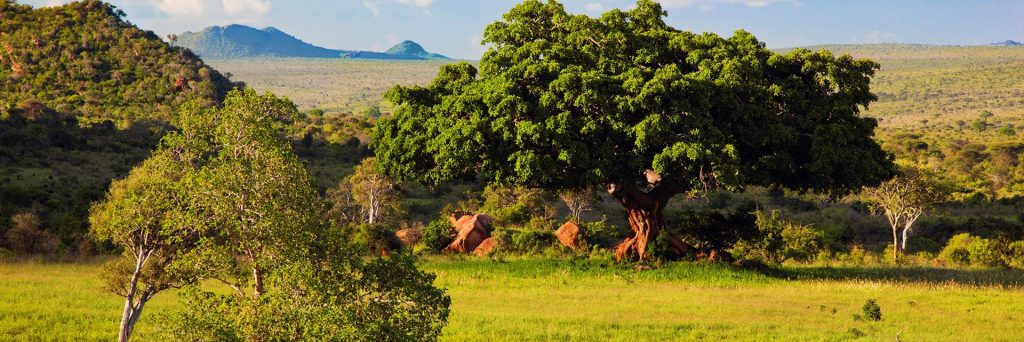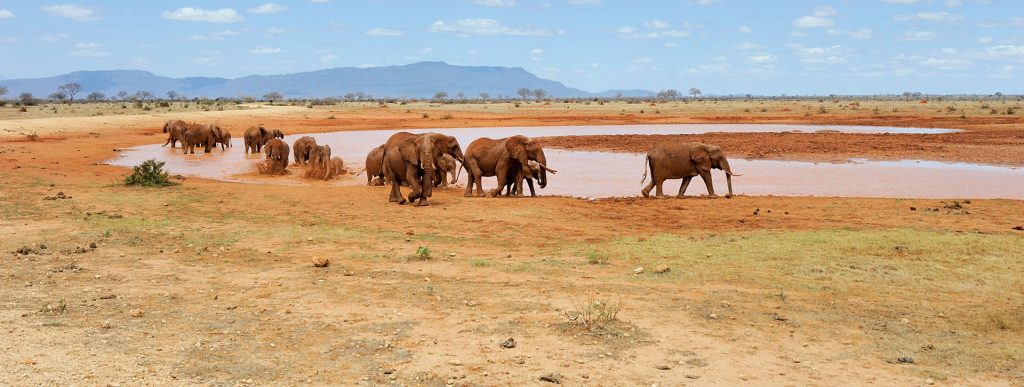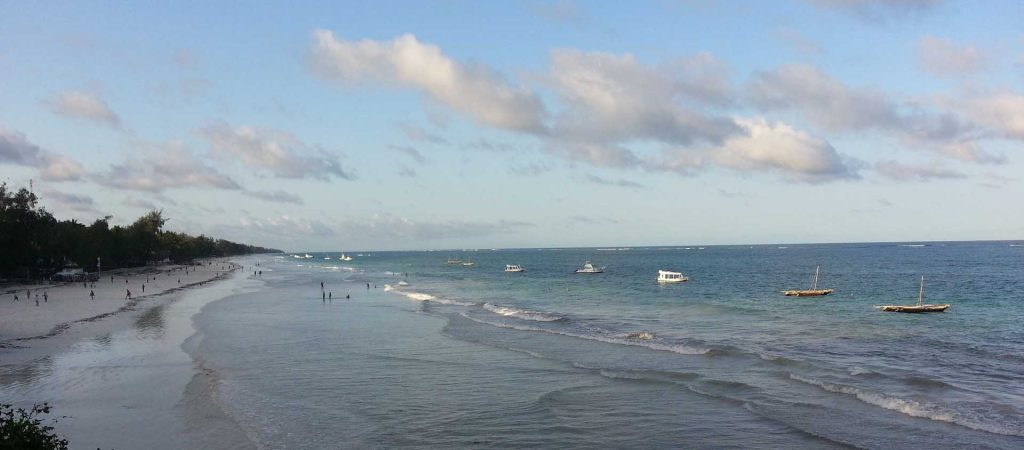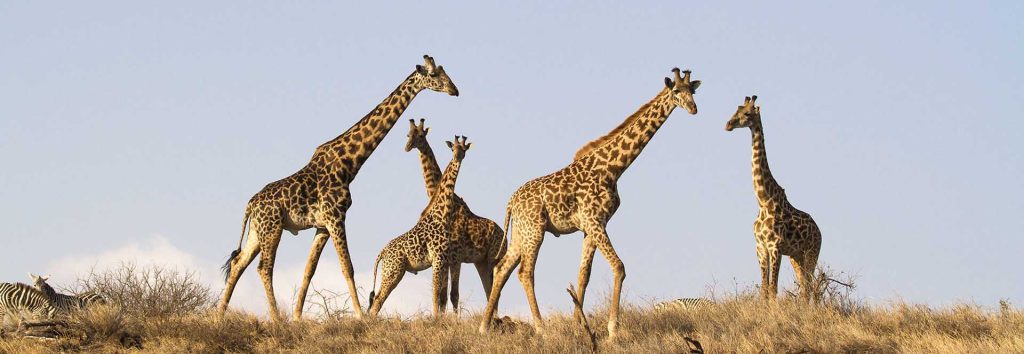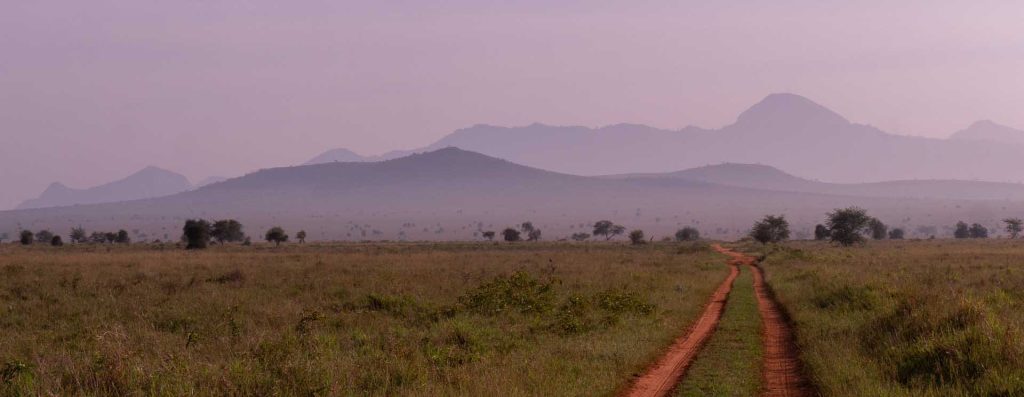Kenya Top Destinations
Amboseli National Park
Amboseli National Park, initially declared a national reserve in 1968, underwent a significant change in 1974 when it was officially designated as a national park. However, a controversial decision was made in 2005 by President Mwai Kibaki, transferring control of the park from the Kenya Wildlife Service to the Olkejuedo County Council and the Maasai tribe residing in the area. This decision has sparked ongoing legal disputes due to its potential implications for Kenya’s other national parks.
Covering an expansive area of 392km² (151miles²), Amboseli National Park boasts a diverse topography consisting of plains, acacia woodland, rocky thorn bush, swamps, and marshes. This varied landscape, combined with a lengthy dry season, provides an ideal environment for observing the abundant African wildlife that thrives within this natural habitat.
One of the park’s most remarkable features is its awe-inspiring view of Mount Kilimanjaro, Africa’s highest peak standing at an impressive 5,895m. This majestic backdrop adds an unparalleled beauty to the experience of observing Africa’s magnificent animals. Additionally, Amboseli National Park encompasses a dry Pleistocene lake basin that occasionally transforms into a temporary lake, known as Lake Amboseli, following periods of rainfall.
Due to the sparse vegetation caused by the extended dry months, Amboseli offers exceptional opportunities for spotting African wildlife. The park is home to a wide array of wild animals, including African elephants, buffalos, impalas, lions, cheetahs, hyenas, giraffes, zebras, wildebeests, and various other species. Bird enthusiasts will also be delighted by the abundance of birdlife in Amboseli, ranging from large to small species, provided they remain vigilant and observant during their visit.
Upon arrival at the park, visitors will receive a set of common-sense guidelines from the park warden. These rules include remaining inside the vehicle except at designated areas, refraining from disturbing the animals, sticking to designated tracks, avoiding off-road driving, and always yielding to the animals’ right of way. It is worth noting that the roads within Amboseli National Park consist of a loose volcanic soil surface, which becomes dusty during the dry season and impassable during the wet season.
By road:
The primary route to enter the park is through Nairobi via Namanga (240 km) on the Nairobi – Arusha Road, passing through Meshanani Gate. Another option is to take the road from Nairobi via Emali (228 km) on the Nairobi – Mombasa Road. If you are coming from Mombasa, the main access is through Tsavo West National Park via Kimana (Olkelunyiet) Gate.By Air:
At Empusel gate, the park features a solitary airstrip designated for light aircraft. Additional airstrips can be found at Kilimanjaro Buffalo Lodge and Namanga town.The primary objective of a wildlife safari is to observe Kenya’s wild animals in their natural habitat. It often surprises many individuals to witness birds perched within the striking distance of predators or gazelles grazing near large felines. However, the reality is that predators typically hunt for sustenance, and the rest of the time, both predators and prey coexist harmoniously. Amboseli National Park is renowned for its vast herd of more than 900 elephants that roam freely. It is the ideal national park to visit if you wish to witness these magnificent and colossal creatures.
Additionally, you can enjoy a panoramic view or even ascend Mount Kilimanjaro, the tallest freestanding mountain globally. Don’t miss the opportunity to visit Observation Hill, which provides a vantage point overlooking the park, swamps, and, of course, the herds of elephants. Furthermore, you can immerse yourself in the Maasai culture and gain insights into their indigenous lifestyle by interacting with the Maasai people. For avid bird watchers, the period between October and January is the best time to spot Kenya’s migratory birds, such as African skimmers, red and yellow bishops, goshawks, buffalo weavers, and palm nut vultures, among others.
The Amboseli region experiences a hot and arid climate. Situated on the northwest side of Mount Kilimanjaro, the national park is in the rain shadow, resulting in minimal fluctuations in average temperatures throughout the year. The daily average temperature ranges from a minimum of 27°C to a maximum of 33°C. This area is prone to drought, with high rates of evaporation. The expected annual rainfall is only 300mm, occurring primarily in April, May, November and December.

